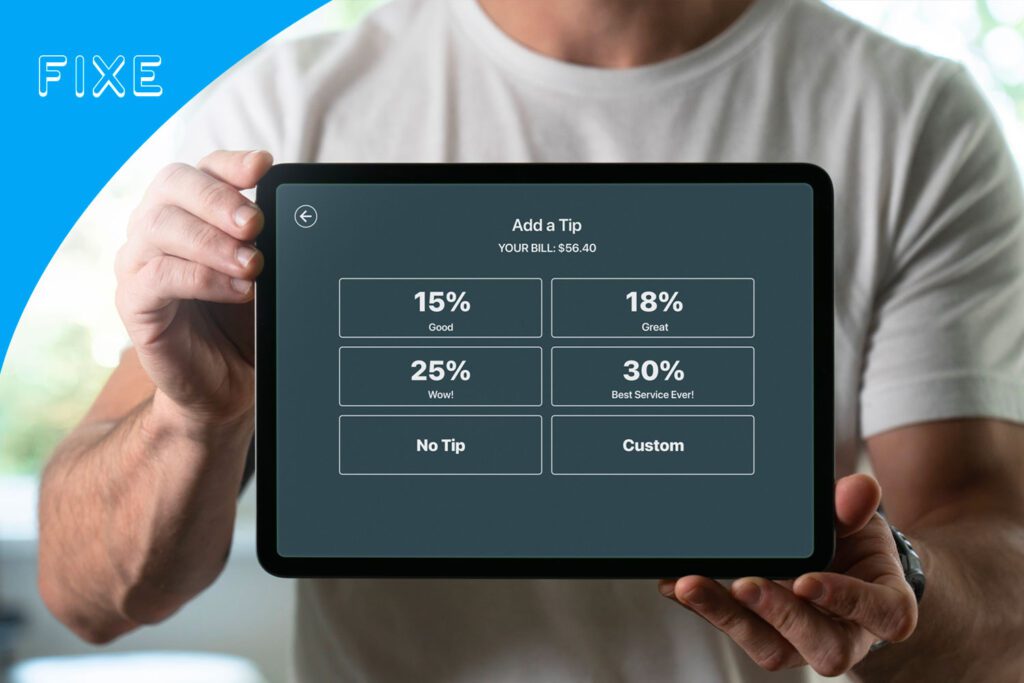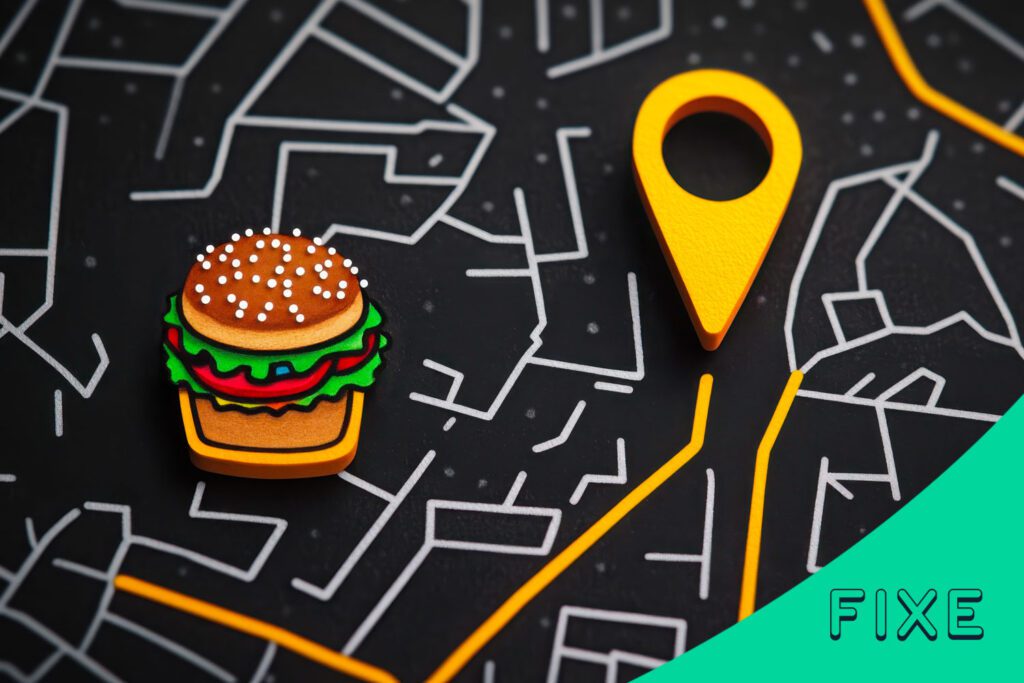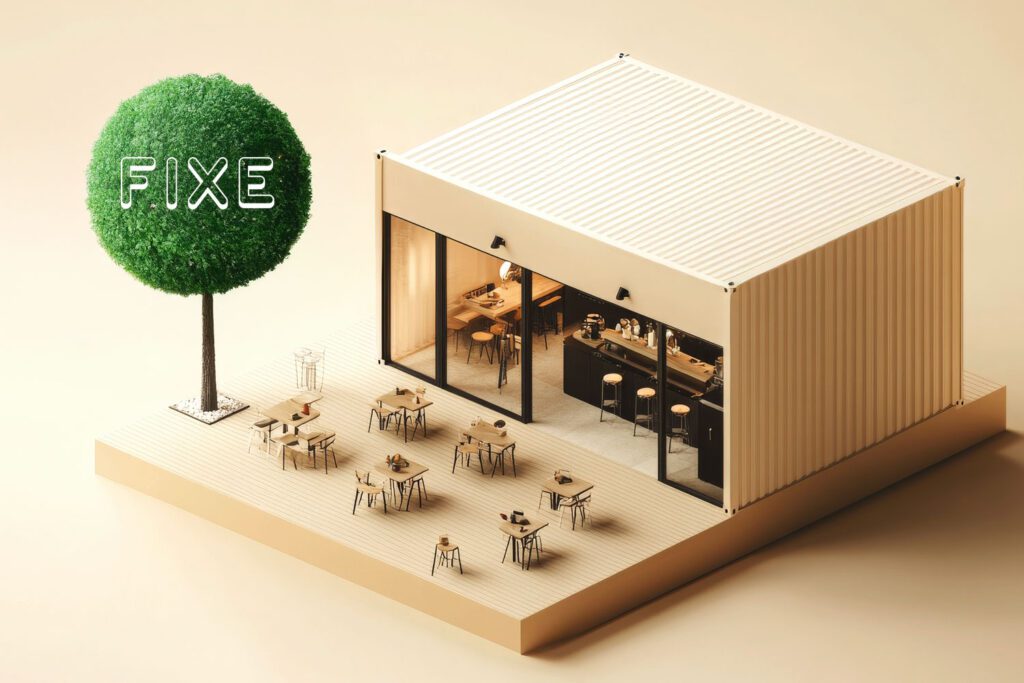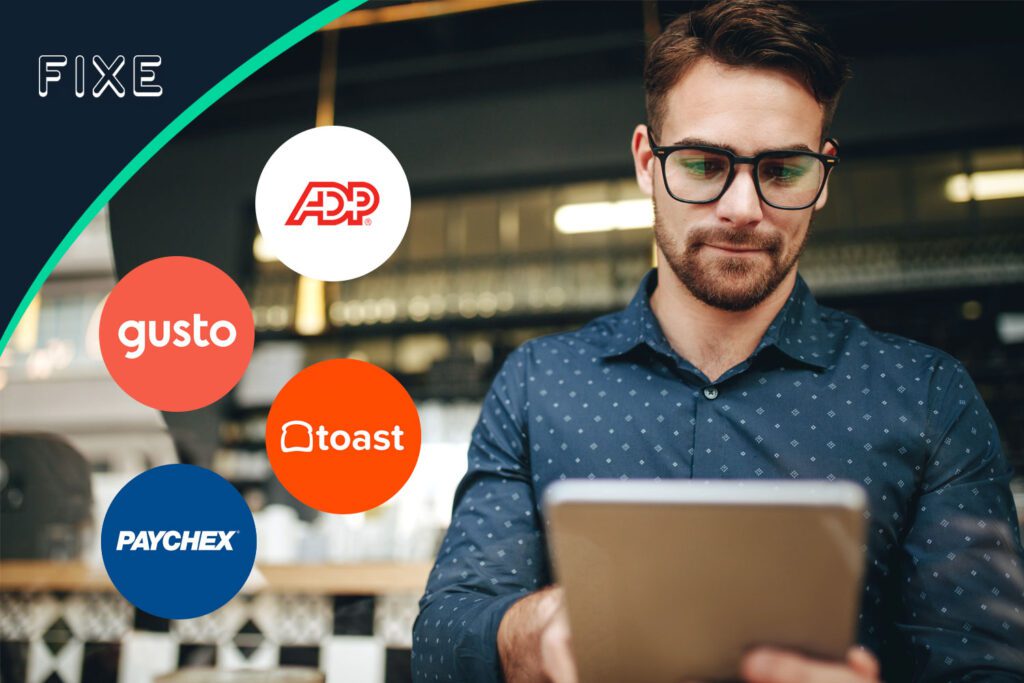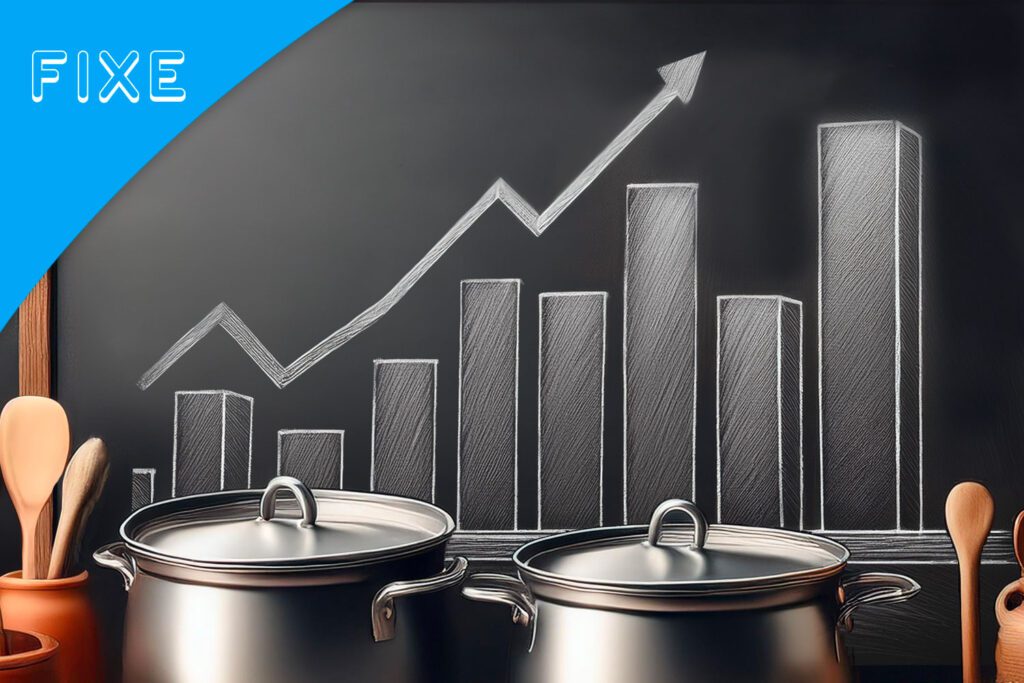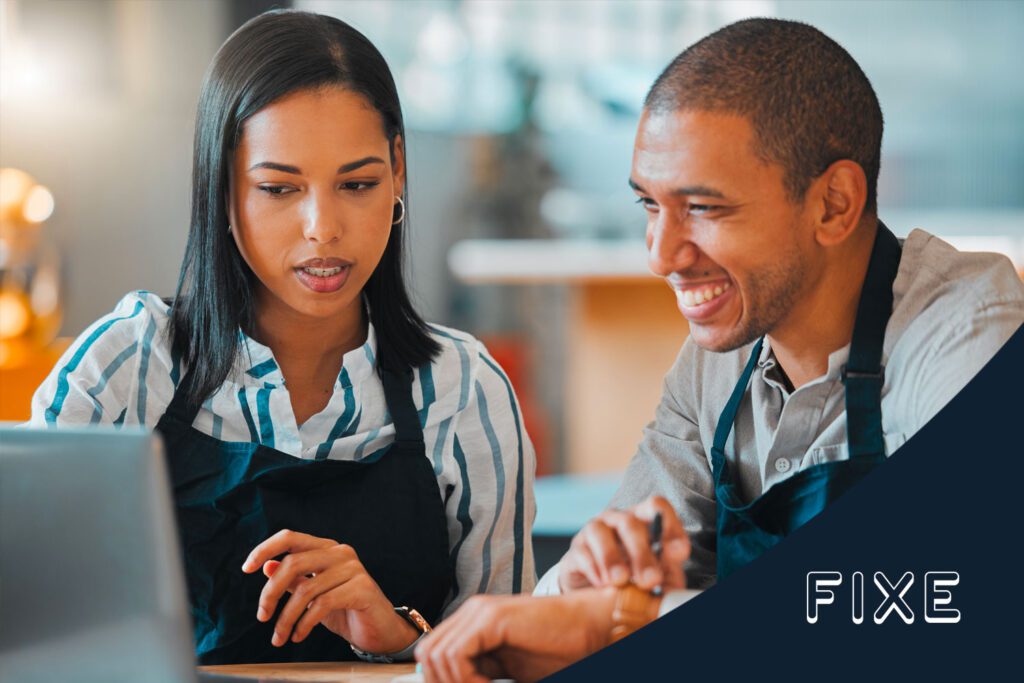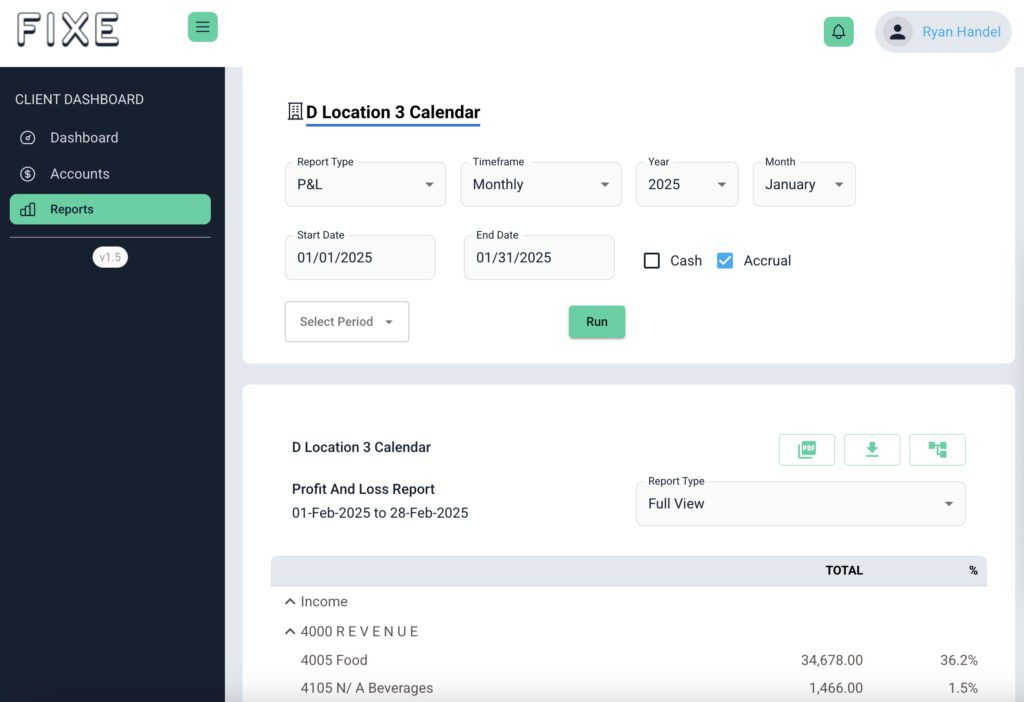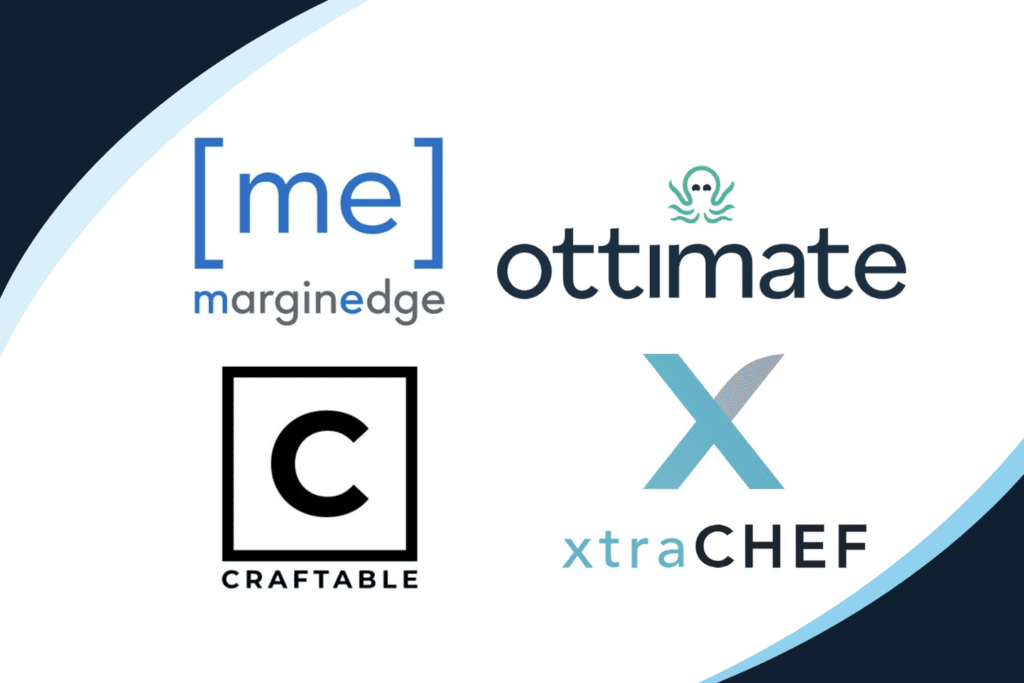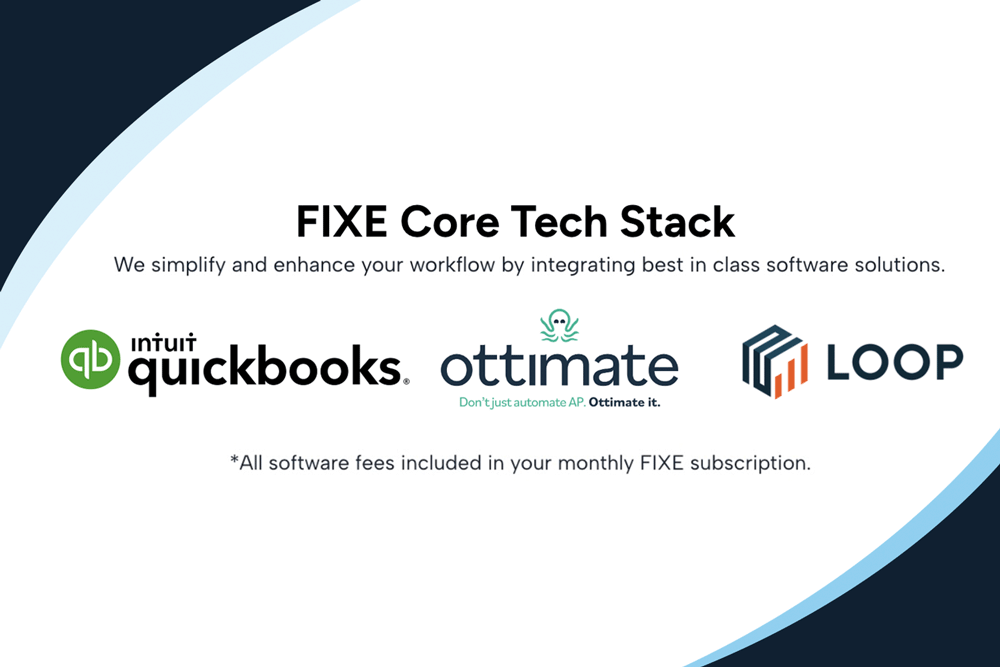Many restaurant operators have frowned upon using third party apps for delivery and pickup. These apps take commissions, but they’re part of doing business today, and if you’re not on them, especially as a fast casual restaurant, you’re losing out on revenue. It’s naive to think people are just going to order from your website or find you that way. That’s not true nowadays. Most people who search for restaurants on their devices go straight to DoorDash, Uber Eats, or another third party app. They’re very rarely going to the restaurant website first. The dining landscape has changed significantly as a result.
WHICH RESTAURANTS SHOULD USE THIRD PARTY DELIVERY APPS?
All fast casual restaurants should do it. I think you’re an idiot if you don’t.
If you’re a mid-tier or high-end restaurant, people know that delivery food is going to be 10-20% less quality than dining in-house, but you don’t want it to be 50% less. You need to invest in specialized packaging supplies that you wouldn’t normally stock to preserve quality. That requires research.
Knowing that you should be on the apps doesn’t necessarily mean you should be on every app. Start determining which app is best for you and figure out what kind of negotiating power you have with them.
NEGOTIATING WITH THIRD PARTY DELIVERY APPS
The only negotiating power smaller restaurants have is to go exclusive with an app. In the last couple of years, third party delivery apps have started to throw a lot of money at prominent restaurant groups in order to gain their exclusivity. Get more through negotiating with them:
- A lower commission rate. Possibly 10%, or maybe even lower
- Money up front
- Marketing dollars to drive more customers to your restaurants
- Money to use for packaging supplies
A group with 8 or 9 locations has more negotiating power than a mom and pop restaurant, but you do have some more wiggle room these days. Apps don’t have all the power anymore.
Anyone who’s paying over 20% should renegotiate right away. The apps used to get as high as 30%, but they got slapped on their wrists for that, so it’s down to 20%. I’ve seen restaurants get as low as 10-12%, but it’s hard to get that rate unless you go exclusive or you’re McDonald’s.
When you’re on the apps, marketing dollars can prove to be very valuable. Buy one, get one. Free menu items. I’ve seen sales go bananas for us at the restaurants I co-own, but you have to be careful which products you choose. After the app takes their commission and you account for the marketing dollars, you want to make sure you’re still making a profit.
Apps may contribute marketing dollars, but ultimately it comes out of your pocket, and they’re deducting it from the deposit that they give you. Say if you market a free delivery, you’re paying for that fee out of the deposit that they would put into your bank account. One tradeoff is that by doing that, they give you more prominent placement in their app. Just like with any of these app algorithms, you’re paying to be on top of the algorithm.
Going exclusive will also probably limit your customer base. I’ve seen business be about 30% from third party delivery services at the restaurants I co-own. When you’re exclusive, it could be less than that. The idea is that up-front money from an exclusive third party delivery service partner may help offset some of the dollars you lose from dropping the other apps.
FACTORS WHEN CONSIDERING THIRD PARTY SERVICES
I don’t think there’s any difference in functionality between Uber Eats and DoorDash. If you feel like you have some negotiating power with exclusivity, go with the one that gives you the best exclusive deal. A lower commission rate. More money up front. More money for marketing.
With Grubhub, I don’t like the reporting side. There are a lot of hidden fees for restaurants on Grubhub , whereas DoorDash and Uber Eats are pretty cut and dry.
Grubhub claims they charge lower commissions, but then they charge you for delivery fees, credit card processing fees, etc. By the time you’re done, it’s the same or more.
BEST PRACTICES WHEN ACCOUNTING FOR THIRD PARTY SALES
Most POS systems should be able to directly integrate third party sales. When you do that, it’s clear sales are coming in, but the POS doesn’t capture commissions or refunds. You need a person or software to decipher those numbers. That’s why we provide Loop, which does that.
In the past, restaurants either wouldn’t or couldn’t directly integrate third party sales. One argument that restaurants would make is, “I don’t want to directly integrate it because I want to charge more on the app than I do in my restaurant.” Here’s a hack to fix that in your POS system. Create a completely different menu that’s only for apps like Uber Eats or DoorDash. Have all those prices be 10% or 15% more to match what the apps are charging.

